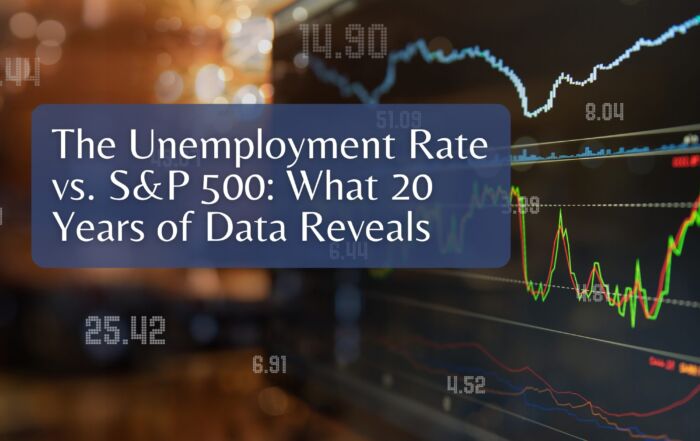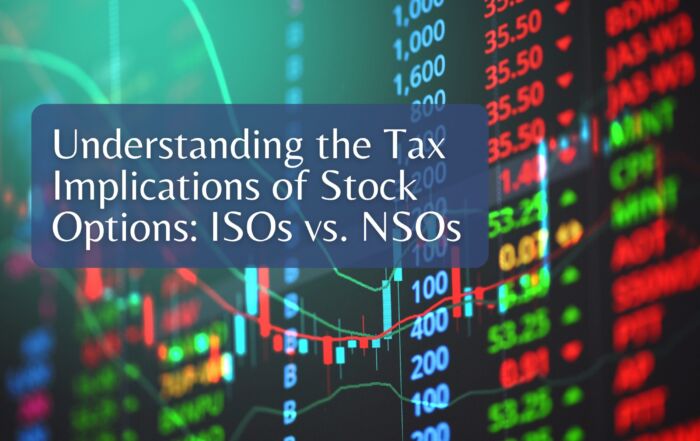Differences Between 72t and Rule of 55

You may have heard of 72(t) and the Rule of 55 as methods by which you can access your retirement funds if you retire early. However, you might wonder how they differ. Each method varies in the age at which you can start making withdrawals and the associated requirements to do so.
The 72(t) Method
Withdrawing from a retirement account early isn’t ideal, but sometimes it’s the only option for early retirees. The 72(t) method allows you to take penalty-free Substantially Equal Periodic Payments (SEPP) from IRAs and other employer-provided retirement accounts like 401(k)s or 403(b)s before reaching the required age of 59 ½. The catch is that the stream of payments must be continued for at least five years (or until you reach age 59 ½). These payments are made based on IRS calculations using the account owner’s life expectancy. If the plan isn’t completed, all previously taken distributions are subject to a 10% early withdrawal penalty.
The Rule of 55
The Rule of 55 is only available for employer-provided retirement plans such as 401(k) or 403(b). In order to be able to withdraw funds penalty-free, you must be at least 55 years old when you leave your job. It allows you to withdraw funds penalty-free only from that employer’s retirement plan, not an IRA if you rolled over the funds. Not all 401(k) plans offer this provision. Therefore, it is necessary to check with the plan administrator to see if it is an option.
In summary, both methods offer you the ability to access funds if you retire early. There are however, some specific differences between 72(t) and the rule of 55. Remember that in either case the funds will be subject to ordinary income tax. Check which type of plan you have to determine which option is best for you. Always consult with your financial advisor before undertaking one of these strategies so you don’t end up with an unintended tax burden.
Have more questions? Contact Us
Missie Beach, CFP®, CDFA®
Senior Financial Advisor
Share This Story, Choose Your Platform!
Wiser Wealth Management, Inc (“Wiser Wealth”) is a registered investment adviser with the U.S. Securities and Exchange Commission (SEC). As a registered investment adviser, Wiser Wealth and its employees are subject to various rules, filings, and requirements. You can visit the SEC’s website here to obtain further information on our firm or investment adviser’s registration.
Wiser Wealth’s website provides general information regarding our business along with access to additional investment related information, various financial calculators, and external / third party links. Material presented on this website is believed to be from reliable sources and is meant for informational purposes only. Wiser Wealth does not endorse or accept responsibility for the content of any third-party website and is not affiliated with any third-party website or social media page. Wiser Wealth does not expressly or implicitly adopt or endorse any of the expressions, opinions or content posted by third party websites or on social media pages. While Wiser Wealth uses reasonable efforts to obtain information from sources it believes to be reliable, we make no representation that the information or opinions contained in our publications are accurate, reliable, or complete.
To the extent that you utilize any financial calculators or links in our website, you acknowledge and understand that the information provided to you should not be construed as personal investment advice from Wiser Wealth or any of its investment professionals. Advice provided by Wiser Wealth is given only within the context of our contractual agreement with the client. Wiser Wealth does not offer legal, accounting or tax advice. Consult your own attorney, accountant, and other professionals for these services.





